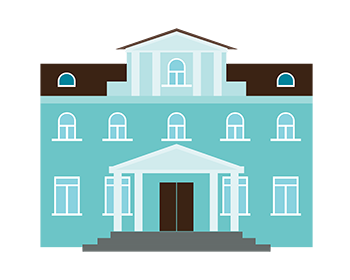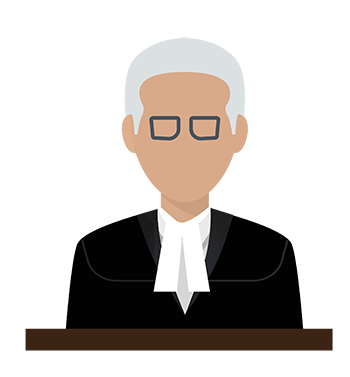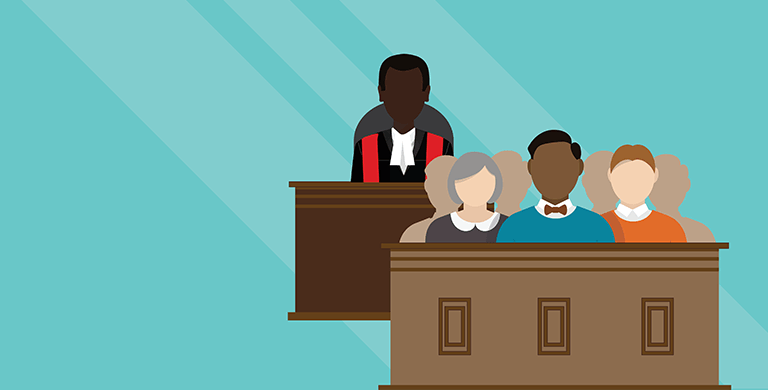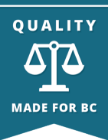How Supreme Court works
 The BC Supreme Court is one of two trial courts for the province. The Supreme Court can hear any type of case unless a statute says it cannot. Supreme Court is more formal than Provincial Court, and also has more rules, more paperwork and more fees for filing documents. Unlike in Provincial Court, in Supreme Court, the losing party is usually ordered to pay part of the winning party’s legal fees. These are called “costs” and help deter people from bringing frivolous lawsuits or unreasonably refusing to settle.
The BC Supreme Court is one of two trial courts for the province. The Supreme Court can hear any type of case unless a statute says it cannot. Supreme Court is more formal than Provincial Court, and also has more rules, more paperwork and more fees for filing documents. Unlike in Provincial Court, in Supreme Court, the losing party is usually ordered to pay part of the winning party’s legal fees. These are called “costs” and help deter people from bringing frivolous lawsuits or unreasonably refusing to settle.
Protocols
Who is who
When you have an opportunity to address a judge in Supreme Court, you would say “Mister” or “Madame Justice” (last name) outside the courtroom and “My Lord” or “My Lady” inside the courtroom. Masters are addressed as Master before their surname (Master White) outside of court and as “Your Honour” in court.
Supreme Court is a formal court where the judge, crown counsel, defence counsel and the court clerk wear special court attire. Fortunately, nobody has to wear white curly wigs anymore. Judges wear black robes for most trials and red and black robes for criminal jury trials. All the lawyers are required to wear black robes at trial.
In court
When the judge or master enters or leaves the courtroom, a court clerk will say "Order in court." At that time, everyone in the courtroom must stand. You may see people bowing to the judge as they enter or leave the courtroom, or when the judge enters and leaves. These are lawyers who are officers of the court, and they are showing a sign of respect to the judge. If you or any member of the public wants to see a trial or court proceeding, the courts are open for that purpose. You must stand when asked to do so, but you do not need to bow. If you are in court, you should dress appropriately and be courteous and respectful.
The judges of the Supreme Court of BC hear cases in court Monday to Friday from 10am to 12:30pm and from 2pm to 4pm.
Judges and Masters
 The Supreme Court judges sit in eight regions, traveling around the province on circuit through the year.
The Supreme Court judges sit in eight regions, traveling around the province on circuit through the year.
The court also employs Supreme Court Masters who deal with hearings or applications in chambers. Chambers are basically courtrooms where pre-trial issues, like requests for documents, take place.
There are no witnesses in chambers, as all evidence is filed by using a written document called an affidavit. This affidavit states the person’s evidence and they swear it is true. Chambers matters are much shorter than trials and usually last a few minutes to a few hours. Some trials can last weeks or months.
Trials
It usually takes a long time to prepare for trials in Supreme Court. These trials typically last for many more days than trials in the Provincial Court. This is often because the procedures are far more formal and complex than Provincial Court, and the amount of money involved is usually greater. This makes Supreme Court trials too expensive and complicated for many people. However, unlike Provincial Court, the Supreme Court has the power to award costs to the winning party. That means that if you bring an unreasonable claim or if you unreasonably refuse to settle, and you lose, you could be made to pay the other side’s legal costs.











